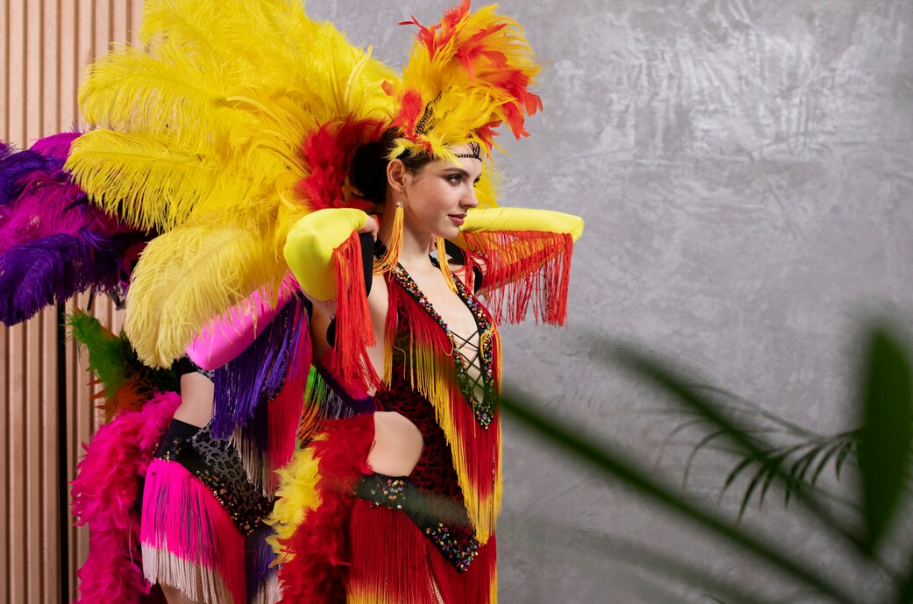Dominica Carnival, known for its vibrant music, colorful costumes, and lively celebrations, is a spectacle that draws tourists and locals alike. However, beneath the surface of this seemingly joyous event lies a shadowy world of cutthroat competition, shady dealings, and fierce rivalries within the music industry. In this article, we delve deep into the heart of Dominica Carnival’s music scene, uncovering the gritty truths and dissecting the nasty business dominica carnival that lurks behind the music.
Behind the Scenes: Dissecting Dominica Carnival’s Music Industry
The music industry plays a pivotal role in Dominica Carnival, setting the rhythm and tone for the entire event. Soca, calypso, and bouyon are among the genres that dominate the Carnival scene, each vying for attention and recognition. Behind the scenes, however, lies a complex web of power struggles, exploitation, and controversy.

The Battle for Supremacy
At the heart of Dominica Carnival’s music industry is the ongoing battle for supremacy among artists, producers, and promoters. Competition is fierce, with each faction vying for prime performance slots, lucrative sponsorship deals, and coveted awards. This intense rivalry often leads to backstabbing, sabotage, and underhanded tactics, creating a toxic environment fraught with tension and mistrust.
Exploitation and Inequality
Despite the glitz and glamour of Dominica Carnival, many musicians and performers find themselves trapped in a cycle of exploitation and inequality. Promises of fame and fortune often lead to artists signing unfair contracts or being shortchanged by unscrupulous promoters. Additionally, female artists may face additional challenges and discrimination within the male-dominated industry, further exacerbating the issue of inequality.
Controversies and Scandals
The music industry’s underbelly is rife with controversies and scandals that threaten to tarnish the reputation of Dominica Carnival. From allegations of song theft and copyright infringement to accusations of bribery and corruption, these scandals cast a dark shadow over the event and its participants. Despite efforts to maintain a façade of unity and solidarity, behind closed doors, chaos reigns supreme.
Conclusion
Dominica Carnival’s music industry may appear glamorous on the surface, but a closer inspection reveals a darker reality marred by cutthroat competition, exploitation, and controversy. As we unmask the intrigue and dissect the nasty business behind the music, it becomes evident that the road to Carnival success is paved with deception and deceit. However, by shining a light on these issues and fostering transparency and accountability, we can strive to create a more equitable and ethical music industry for all involved.
